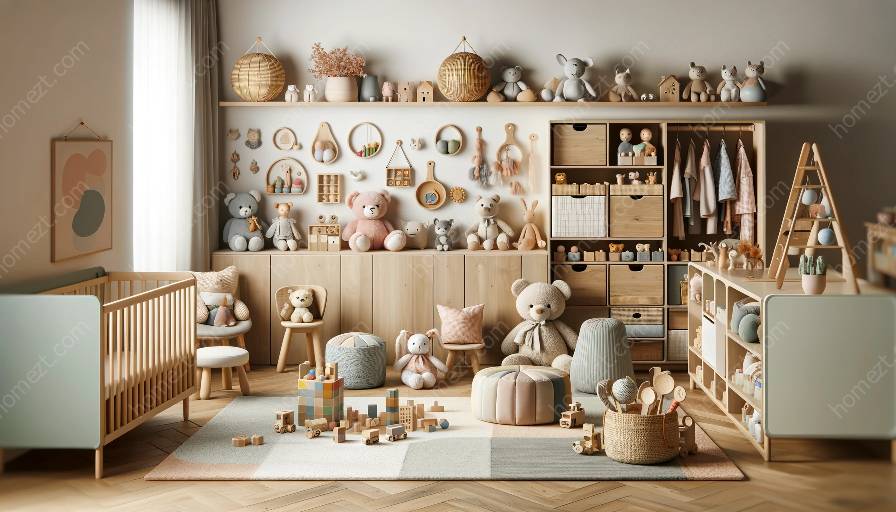Children learn best when they are engaged in play, and one of the most powerful tools for promoting learning and development is through problem-solving toys. These toys not only entertain but also foster essential skills such as critical thinking, creativity, and perseverance. In this guide, we will explore the world of problem-solving toys, discuss the benefits they offer, and provide tips for selecting the best toys for your nursery and playroom.
The Power of Problem-Solving Toys
Problem-solving toys come in various forms, including puzzles, building sets, construction toys, and logic games. These toys are designed to challenge children to think critically, analyze patterns, and find innovative solutions. By engaging with these toys, children develop a range of cognitive skills, including problem-solving, spatial awareness, and decision-making.
Moreover, problem-solving toys encourage creativity and imagination, as children often need to come up with unique solutions to overcome challenges. As they navigate through the complexities of these toys, they also build resilience and persistence, learning that trial and error is a natural part of the problem-solving process.
Selecting the Best Toys for Your Nursery and Playroom
When choosing problem-solving toys for your nursery or playroom, consider the age and developmental stage of your child. Look for toys that offer a suitable level of challenge without being too overwhelming. For younger children, simple puzzles and shape-sorting games can be a great introduction to problem-solving concepts, while older children may benefit from more complex building sets and logic games.
It's also essential to select toys that align with your child's interests and passions. Whether they are fascinated by animals, space, or architecture, there are problem-solving toys available to cater to their unique preferences. By incorporating their interests, you can ignite their enthusiasm for learning and problem-solving.
Additionally, consider the versatility of the toys. Look for toys that can be used in multiple ways, allowing for open-ended play and exploration. Versatile toys can grow with your child, providing long-term value and continued opportunities for skill development.
Creating an Engaging Playroom Environment
Integrating problem-solving toys into your nursery or playroom can transform the space into a hub of creativity and exploration. Organize the toys in accessible and inviting ways, creating dedicated areas for different types of problem-solving activities. For example, set up a puzzle station with a variety of puzzles, or dedicate a corner to building sets and construction toys.
Consider incorporating other educational elements, such as books, art supplies, and sensory materials, to complement the problem-solving toys. This encourages a holistic approach to learning and play, providing diverse opportunities for children to engage their minds and senses while having fun.
Furthermore, involve your child in the design and organization of the playroom. By soliciting their input, you can create a space that reflects their preferences and encourages ownership and responsibility. This collaborative approach fosters a sense of pride and enthusiasm for learning and problem-solving.
Embracing Learning Through Play
Problem-solving toys offer a gateway to learning through play, promoting skill development, cognitive growth, and creative thinking in children. By carefully selecting toys that are engaging, age-appropriate, and aligned with your child's interests, you can create a nurturing environment that encourages exploration and problem-solving.
Remember that play is an essential component of childhood, and problem-solving toys provide the perfect avenue for learning and development. By integrating these toys into your nursery or playroom, you can inspire a lifelong love for learning and problem-solving, laying the foundation for success in academic and real-world challenges.



